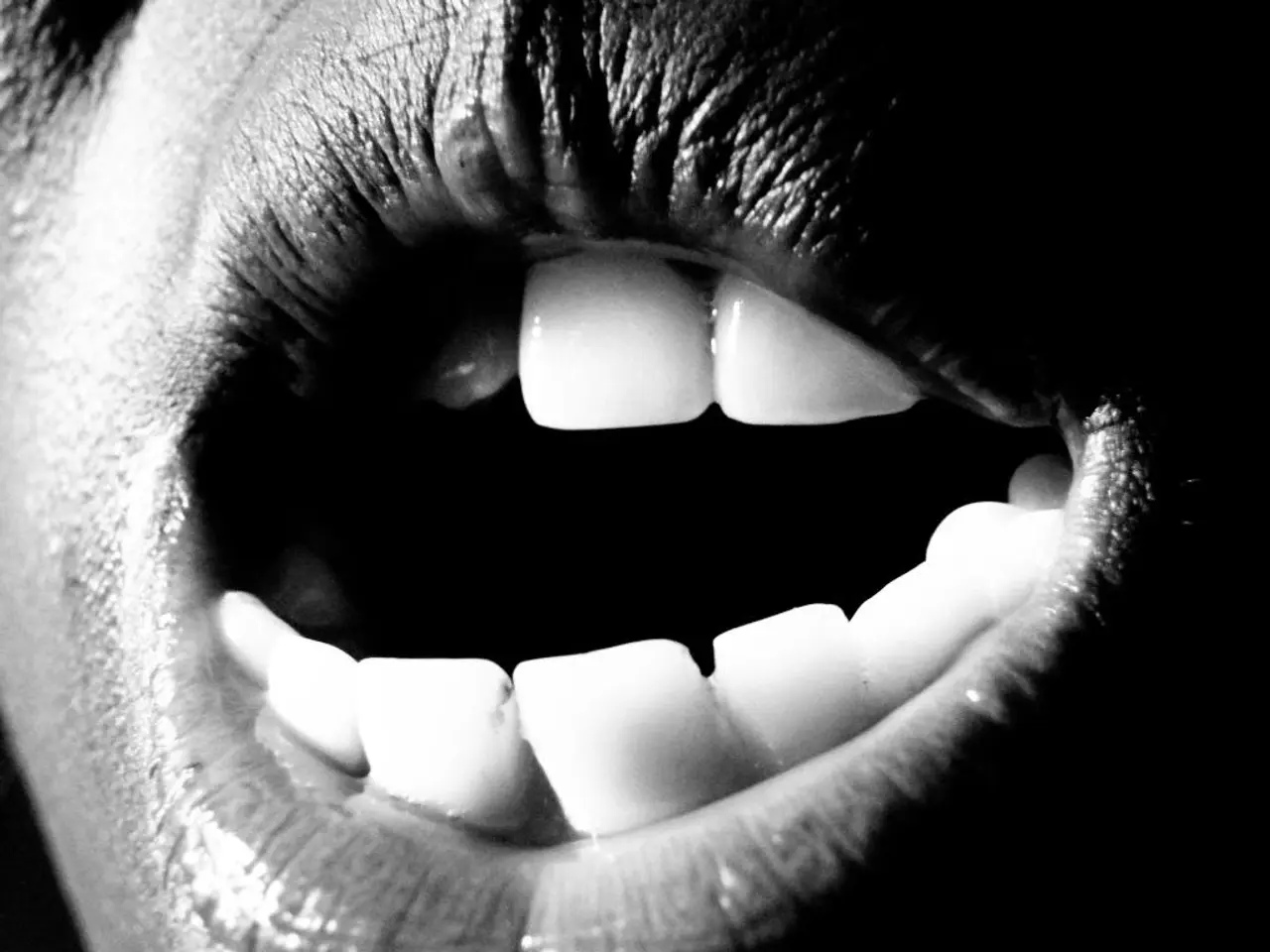Botox, traditionally used for cosmetic purposes, could potentially aid in improving sleep quality, experts claim.
Botox, commonly known for its cosmetic uses, has a wide range of medical applications that extend beyond the realm of aesthetics. While it is not specifically approved for sleep disorders, it can be beneficial in treating conditions related to muscle tension that may indirectly affect sleep quality.
Treating Teeth Grinding and TMJ Disorders
One of the medical uses of Botox that can impact sleep quality is its ability to treat teeth grinding, also known as bruxism, and temporomandibular joint (TMJ) disorders. By injecting Botox into the masseter and temporalis muscles, it can help relax these muscles and reduce the frequency and intensity of grinding. This, in turn, can alleviate symptoms associated with TMJ disorders, such as pain and limited jaw movement.
Dull headaches, starting in the temples or behind the eyes, can be a sign of teeth grinding. Partners may complain of grinding noises that the person grinding may not hear. Worn, chipped, or flattened teeth can be tell-tale signs of teeth grinding. Disturbed sleep can be a result of teeth grinding or the discomfort it causes.
Botox, when injected into relevant muscles, temporarily paralyses them, stopping movements of clenching and grinding during sleep. This can provide long-lasting relief for those suffering from these conditions, as the effect of Botox lasts around three to four months before top-ups are needed.
Enhancing Sleep Quality Through TMJ Disorder Treatment
Botox can also offer significant benefits for those with TMJ disorders. By calming overactive muscle spasms, reducing tension, and lowering inflammation, Botox can provide long-lasting relief for TMJ disorders. This can help restore comfortable and less interrupted sleep for those with TMJ disorders.
Botox treatment for TMJ disorders can be combined with relaxation techniques and using a supportive pillow for more restful sleep. Patients who undergo Botox treatment for teeth grinding often notice a reduction in grinding and a softer jawline as the muscles gradually shrink from underuse.
In summary, while Botox is not directly used to treat sleep disorders, treating conditions like bruxism and TMJ disorders with Botox can indirectly benefit sleep quality by reducing nighttime discomfort and disturbances. It is essential to consult a qualified medical professional before undergoing any Botox treatment. Botox has therapeutic applications beyond cosmetics, including migraine prevention, excessive sweating control, and potential sleep improvement.
- Botox can treat teeth grinding (bruxism) and TMJ disorders, relaxing relevant muscles and reducing clenching and grinding during sleep, providing relief for three to four months.
- By alleviating symptoms associated with TMJ disorders, such as pain and limited jaw movement, Botox can help restore comfortable and less interrupted sleep for those affected.
- In addition to its dental benefits, Botox treatment for TMJ disorders can be combined with relaxation techniques and the use of a supportive pillow for more restful sleep.
- While Botox is not directly used to treat sleep disorders, addressing conditions like bruxism and TMJ disorders with Botox can improve sleep quality by reducing nighttime discomfort and disturbances.
- Botox has therapeutic applications beyond cosmetics, including potential sleep improvement, and it is important to consult a qualified medical professional before undergoing any Botox treatment.




